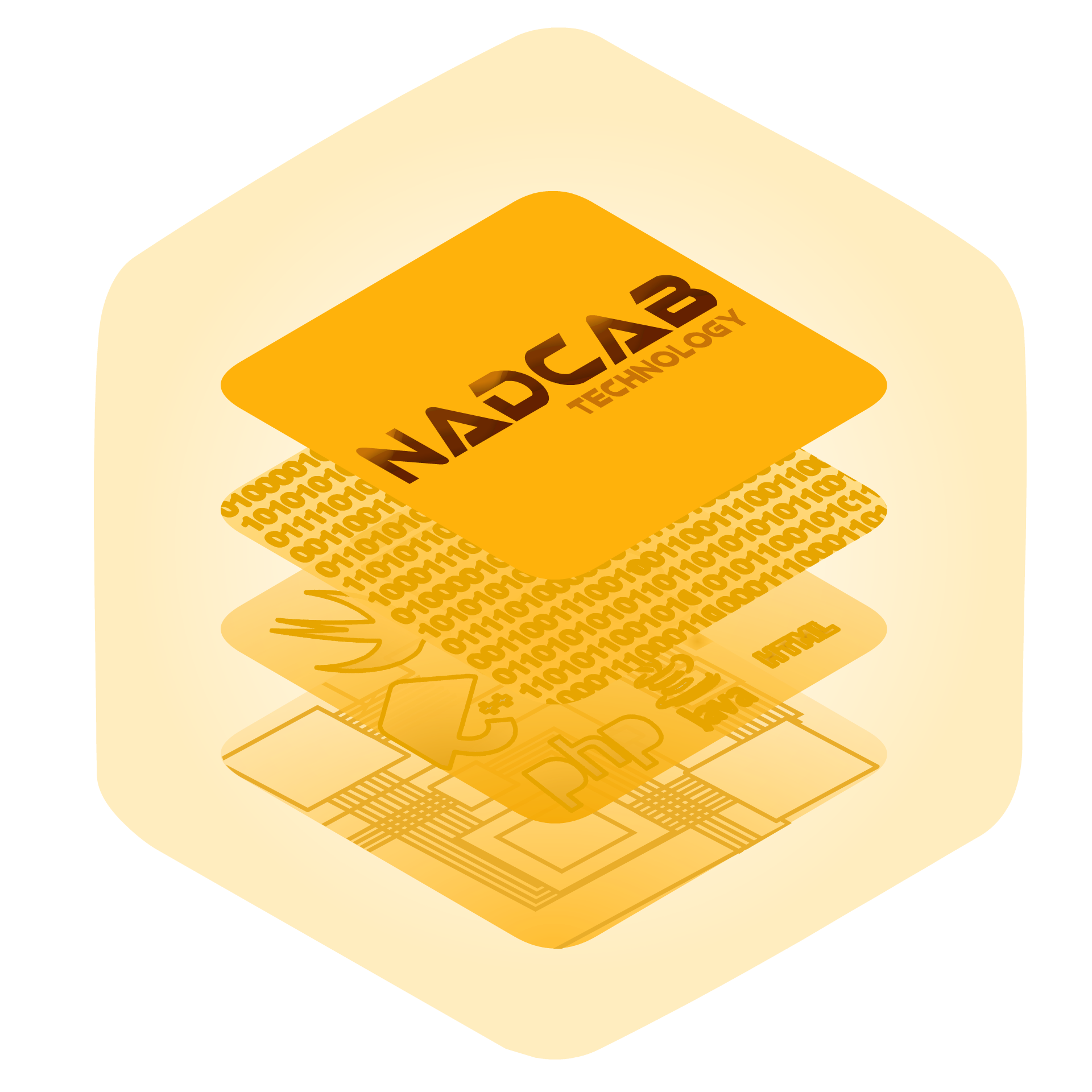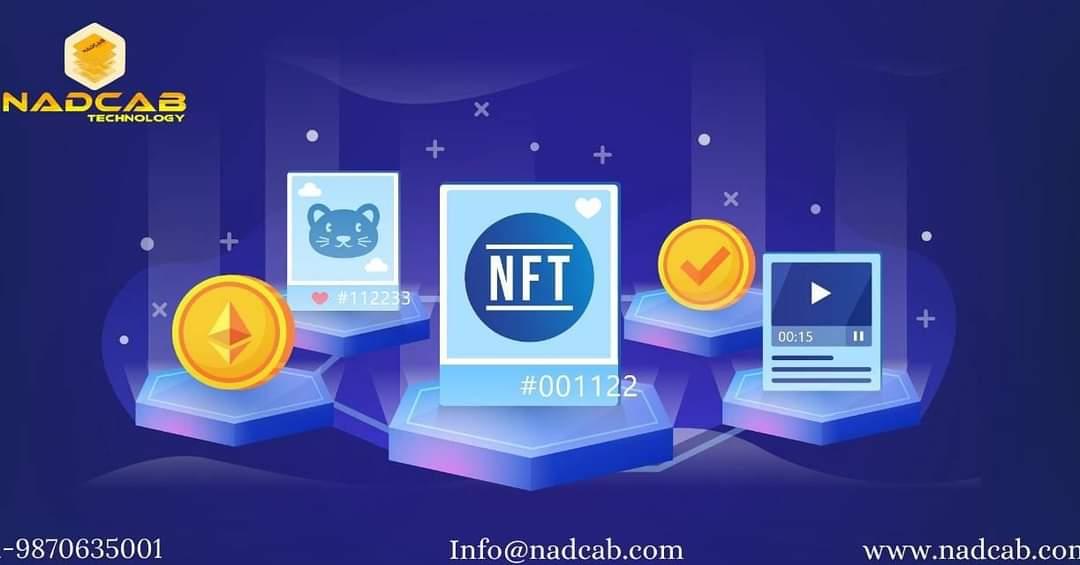WHAT IS NFT TOKEN DEVELOPMENT
NFTs are tokens that we will use to represent ownership of unique items. They allow us to tokenize things like art, collectibles, even land .they will only have one official owner at a time and they are secured by the ethereal blockchain – nobody can modify the record of ownership or copy/paste a replacement NFT into existence. NFT stands for non-fungible token. Non-fungible is an economic term that you simply could use to explain things like your furniture, a song file, or your computer. This stuff isn’t interchangeable for other items because they need unique properties.
On the opposite hand, Fungible items are often exchanged because their value defines them instead of their unique properties. For instance, ETH or dollars are fungible because 1 ETH / USD 1 is exchangeable for an additional 1 ETH / USD 1. The internet of assets
NFTs and Ethereal solve a number of the issues that exist within the internet today. As everything becomes more digital there is a got to replicate the properties of physical items like scarcity, uniqueness, and proof of ownership. to not mention that digital items often only add the context of their product. For instance, you cannot re-sell an iTunes mp3 you’ve purchased, otherwise, you can’t exchange one company’s loyalty points for an additional platform’s credit albeit there is a marketplace for it. Here’s how an online of NFTs compared to the web most folks use today looks…
A comparison An NFT internet the internet today NFTs are digitally unique, no two NFTs are equivalent. a replica of a file, like a .mp3 or .jpg, is that the same because the original. Every NFT must have an owner and this is often of public record and straightforward for anyone to verify. Ownership records of digital items are stored on servers controlled by institutions – you want to take their word for it. Creators believe in the infrastructure and distribution of the platforms they use. These are often subject to terms of use and geographical restrictions.
Creators can retain ownership rights over their own work, and claim resale royalties directly. Platforms, like music streaming services, retain the bulk of profits from sales.
Items are often utilized in surprising ways. for instance, you’ll use digital artwork as collateral during a decentralized loan.
NADCAB TECHNOLOGY
Employees : 50 - 249
Price / HR : $25 - $49
Focus Area
Contact Information
India









